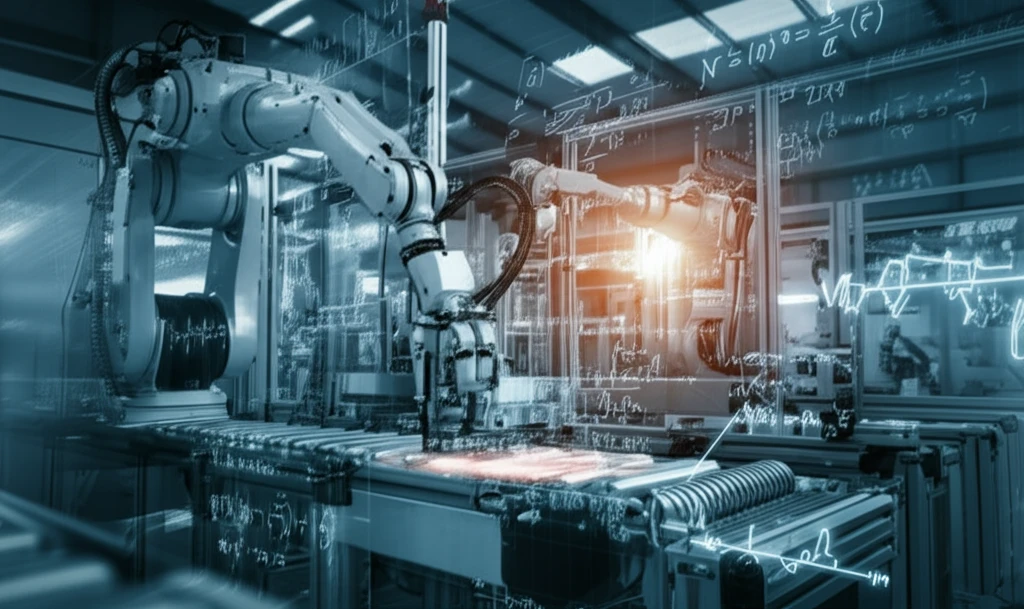
Smarter Tech, Safer Systems: How Estimation Techniques Are Revolutionizing Control Engineering
"Explore how advanced estimation techniques, particularly sliding mode approaches, are enhancing the robustness and reliability of control systems in the face of uncertainties and disturbances."
In an era where automation and precision control are paramount, the ability to manage uncertainties—both predictable and unpredictable—is critical. Control and estimation systems are constantly challenged by manufacturing tolerances, unpredictable disturbances, and the inherent noise in sensor measurements. These factors complicate the task of maintaining stable and robust system performance, especially when key parameters are inexact or system states are difficult to measure accurately.
Traditional control methods often fall short in the face of these complexities. However, a new generation of techniques is emerging to address these challenges head-on. Sliding mode techniques, known for their robustness, are at the forefront, offering innovative solutions for handling uncertainties and estimating both unmeasurable states and unknown parameters. These advancements promise not only to enhance the reliability of existing systems but also to open doors to new applications previously deemed too challenging.
This article explores how these advanced estimation techniques are being validated and implemented across various industries. We'll delve into the principles behind sliding mode control, examine real-world applications, and discuss the future of control systems in an increasingly uncertain world. Whether you're an engineer, a tech enthusiast, or simply curious about the next wave of technological innovation, this is a must-read.
The Power of Sliding Mode Techniques

Sliding mode control operates on a simple yet powerful principle: forcing a dynamic system to adhere to a predefined stable operation mode—referred to as the 'sliding surface.' Imagine a train that, regardless of external disturbances, is magnetically pulled back to its tracks; that’s the essence of sliding mode control. The beauty of this approach lies in its ability to divide a complex system into manageable parts—a linear component and a nonlinear component that may include unknown disturbances.
- Robustness: Maintains stability despite uncertainties.
- Finite-Time Convergence: Quickly achieves the desired state.
- Adaptability: Can handle nonlinear systems effectively.
- Compensation: Mitigates the impact of disturbances.
Looking Ahead: The Future of Control Systems
The integration of interval sliding mode observers (ISMO) represents a significant leap forward in control engineering. These techniques provide a robust framework for managing uncertainties and disturbances, paving the way for more reliable and efficient systems. As research continues, the application of ISMO and related methods is expected to expand across various industries, from aerospace and automotive to robotics and manufacturing. In a world that demands precision and resilience, these advancements are not just incremental improvements—they are game-changers.
